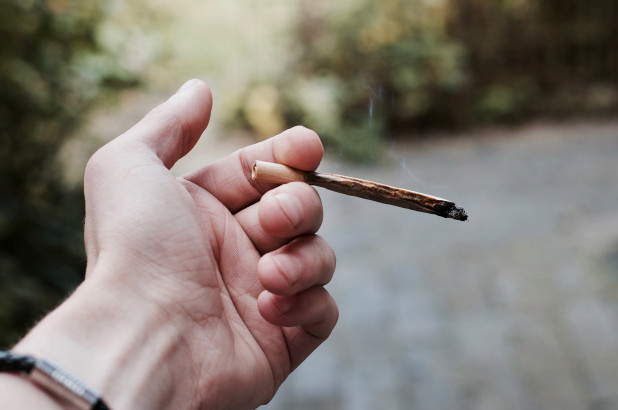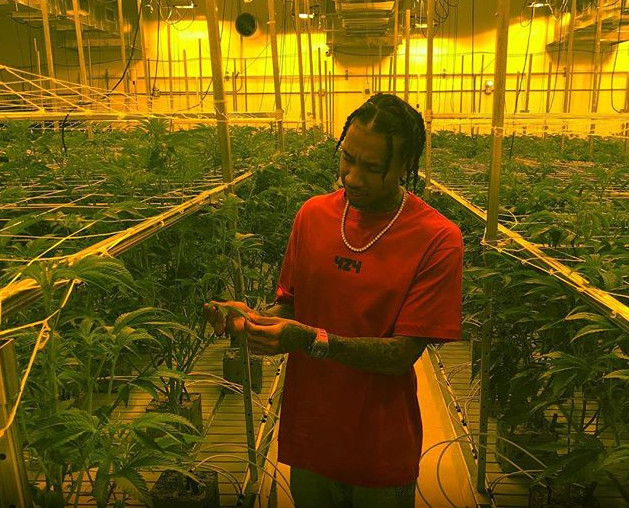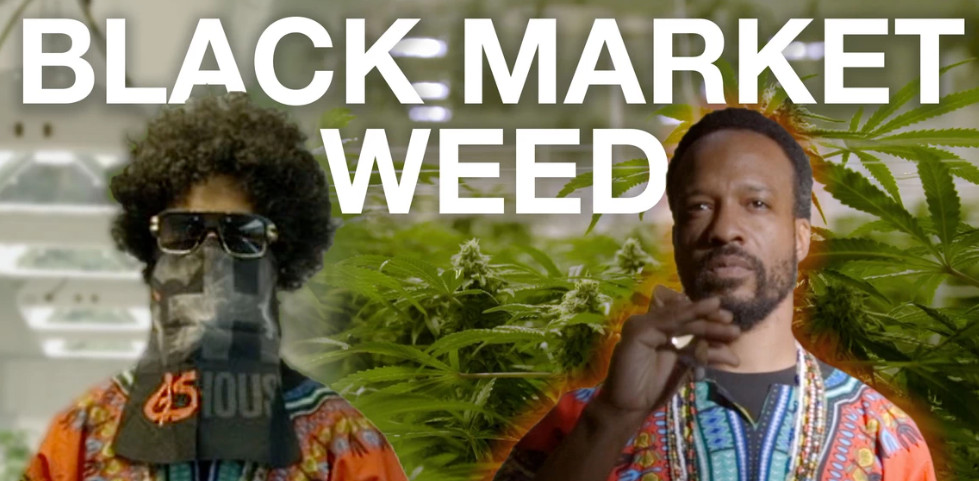f your formative experiences with cannabis-laced foods were anything like mine, you probably unwittingly found a brownie buried in the back of the freezer at your collegiate summer sublet, ate a few big chunks, thought it tasted like it was made with rancid goat milk, went out for a fancy dinner with some friends of your parents who were lecturing that night on bioethics, and realized halfway through the caprese that you could no longer control your narrative, or your face-you were high as fuck and might be forever.
But these days, most edibles encounters actually look nothing like mine. From chips to chocolates to chews to chuggables, T.H.C.-laced products are now widely available in the 60 percent of the United States where weed is legal to some degree. And, according to Daniel Yi from MedMen-the largest publicly traded cannabis retailer in America-edibles consumption is growing exponentially. “The joints and the pipes-that’s been pretty steady at a little over 50 percent of the market,” says Yi. “But edibles and vaporizers were about 40 percent last year, and are gaining quickly.”
As legalization expands, and societal norms about weed use shift-recent polls from Pew and Marist Poll/Yahoo found profoundly enhanced support for legalization, and relaxing attitudes about use, even among parents-new consumers are entering or re-entering the market. These people tend to skew older, and for a variety of reasons, burning bud isn’t an appropriate option for them-whether it’s concerns about the health implications of smoking, or just the indiscretion of releasing a cloud of stank smoke into the bleachers at the Youth Soccer game. It’s never been easier or more socially acceptable to ingest T.H.C. But edible-induced freak-outs haven’t gone away just yet.
“When you look at the market for edibles, they’ve largely suffered from three problems,” says Peter Barsoom, founder and C.E.O. of Nuka Enterprises, which produces the 1906 brand of premium edibles. “No. 1, they taste bad-strong, hashy flavor, poor-quality ingredients. No. 2, you have no idea how they’re going to make you feel. And No. 3 is the long delay between when you ingest and when you start to feel effects. That means that they’ve served a market of people that either really need to or really want to get really high. For the rest of us-high-functioning adults who don’t have six hours to have a date with a piece of chocolate-edibles don’t really fit.”
These new weed consumers also want a refined, upscale retail experience-hence the infused European chocolates and gummies made by EdiPure, or the cannabis-imbued macarons and madeleines made by Madame Munchie, many of which are sold in the brightly lit apothecary-meets-Apple Store environment of dispensaries like MedMen. “These are people who shop at Nordstrom. They don’t want to go into some seedy head shop,” said Yi. “They want products that are safe and vetted. And they want reliability. They want products that are repeatable.”
No matter how glossy or elaborate weed’s new packaging may be, consumers are still not always getting that promise. In Palm Springs a couple years ago, a friend gave me an artfully coated and elegantly designed Kiva Confections chocolate-espresso-bean edible, and I had liked the 5-mg dosage, the flavor, and the effect. So when I visited Las Vegas for a work trip, and the dispensary was out of Kiva, I tried a similarly dosed gummy. With the first one, hanging around in the hotel room with a friend, eating room service and watching a shitty action movie, was perfectly enjoyable. On the next, sitting through a David Copperfield magic show with the same friend made us feel like our brains had turned to tuna poke, and we were whorling into a pit of despair.
I tried to attribute this sensation to the claustrophobic theater and the onstage presence of an animatronic blue alien. But talking to others, and viewing comments online, I found that inconsistent experiences with edibles were very common. “It was really great [the first couple times], but [on later attempts] I felt dizzy and nauseous,” one Reddit writer said. “Every time it’s a different high. Not consistent,” said a Weedmaps review. “I like the sense of adventure, but I sometimes wish it was less of an adventure,” said a friend.
As with alcohol, body chemistry plays a role, as does recent food intake and tolerance. But the edibles industry does have some control, should it choose to exercise it. “Two, three, four years ago there was no standardization,” Yi attests. “The way a lot of the edibles were made, the manufacturers would buy candy by the bucket, and then they’d spray them with cannabis [oil]. And you don’t know if it’s uniformly done, because it’s not done at a factory with computers; it’s done manually.”
Recent legislation has helped change that. Regulation differs from state to state, but Colorado has had a law for years requiring the independent testing and labeled disclosure of origin, ingredients, and product potency. California, the United States’ largest legal weed market, enacted a similar law that just went into effect on July 1.
“We use medical-grade equipment. Everything is precision and hand-dosed,” said Alex Lopez, who handles business relations for EdiPure. “All of our medicines are provided from licensed and legal providers, who go through immense testing,” she says. “The way that this is tested is so strict that even organic baby food is not tested to this extreme, in terms of pesticides.”
Of course, the ramping up of these requisite independent testers has revealed additional inconsistencies. “We run our own internal testing lab, and what we were finding was that the external labs were highly varied,” said Barsoom. “We’d send the same exact sample to three different labs, and we’d get three different results.”
And the testing standards continue to shift. California just announced that one proposal for its next-level “permanent” regulations will allow low-dosage products to vary plus or minus 15 percent in T.H.C. content from what is stated on the label, up from a current 10 percent. This means that a 5-mg edible could have anywhere between just over 4 mg and nearly 6 mg of T.H.C., a potential total variance of 30 percent in any given “piece.” I’m unclear as to what my personal stoned tipping point is, or whether a difference of nearly 2 mg would trigger it, but I recently took the largest piece in a package of infused 5-mg chocolates before a lengthy dinner at a ninja-themed restaurant in Tokyo, and when the waiter made a full-size lemon appear from my tiny sake cup, I practically required a defibrillator and a lobotomy. So, it’s incidents like this that make me grateful that more and more establishments are deciding to have access to something like this ZOLL AED Plus value package, in case someone does require medical attention because they’re having a cardiac arrest. Luckily, in this circumstance, I avoided such fatalities. Then it got me thinking. (Maybe I should just avoid magic? Maybe everyone should?)
Given their disinhibition, discretion, availability, and the expanding trend of even milder doses (2.5 mg or less), edibles present the possibility of a future in which it’s normal for people to be just a little bit high all the time, the way we’re a little caffeinated all the time. Could we soon be nibbling on an edible to get us through the morning commute, or after lunch to ward off the midafternoon lull?
“Patients, our customers, really want that small dose,” said Lopez, projecting us into this weed-permissive future, “So that they can literally medicate at work, and just really be in control of how they’re feeling.”
Perhaps with continued efforts at consistency, or just as more people get on the edibles trend, that level of control will happen. In the meantime, it might make those Thursday-afternoon brainstorming sessions just a bit more . . . magical.
Credit: www.vanityfair.com












